
The many different channels available for content marketing today have opened up a whole new vista of opportunities for promoting B2B products or services. In the days before the advent of social media and viral marketing, most material had a single purpose: It was for an advert, a PR piece, brochure copy, or perhaps a presentation.
Along came Integrated Marketing Communication, in which the same basic message about the product or service was used across a wide, albeit limited (compared to today) range of available media and communication tools.
The principle being that the more a consistent message was repeated and then consumed by the target audience in different media, the more it would be remembered and brand awareness would be the inevitable – and expectedly successful – result.
Why Should You Repurpose Content?
Today, with the overabundance of available media channels, and with the help of modern technology, the same objectives can be achieved quickly and more cost-effectively, with an exponentially wider audience reach.
First if all, consider your B2B online marketing strategy: ensure that you have your messaging, your positioning, mission and vision statements all nicely fine-tuned and ready to use.
Make sure that you know what results you want at the end of the day – your ultimate B2B objective. Is it more clicks? More quality enquiry calls from potential customers? Increased visitors to an exhibition booth? More “likes” in Facebook and other social media?
Ultimately, of course, what you really want are more conversions (and more sales!). So, what is the best way to repurpose content in order to help you achieve this goal? Let’s say you start off with a primary piece of B2B content that is an article published on an external industry blog or portal.
Here are a few suggestions on how to repurpose content by spinning it into a variety of unique and original content pieces, while still maintaining the messaging and information for your B2B audience:
1. Email Blasts
One of the best ways to repurpose blog content is to send a mailer to your customers using the same basic messages from the fundamental text in your primary piece, but rewritten in a different style to match a short, sweet, and effective email message.
There are a number of fundamental rules to B2B email blasts – the most important one being not to be considered spam. There a few ways to do this:
- Send the blasts only to readers who signed up for your newsletters, blog posts, updates, announcements
- Provide a way for readers to unsubscribe from your emails by including an “unsubscribe” link at the bottom of your email blast
- Never send out more than 3-4 emails per month, so you don’t overdo it
- Make sure to send emails from a real person’s email account so that the message feels authentic and genuine
- Personalize each email you send to the reader by using their name and adapting the content of the message to their preferences
- Always use Call-to-Actions in your emails
- Avoid using images because not all email clients can receive images
- Last but not least, always test your emails to make sure all the links work and that your message looks presentable in different browsers or email clients
You can create your own blasts or sign up for design, distribution, monitoring and analytics services through companies such as Constant Contact, Vertical Response or MailChimp.
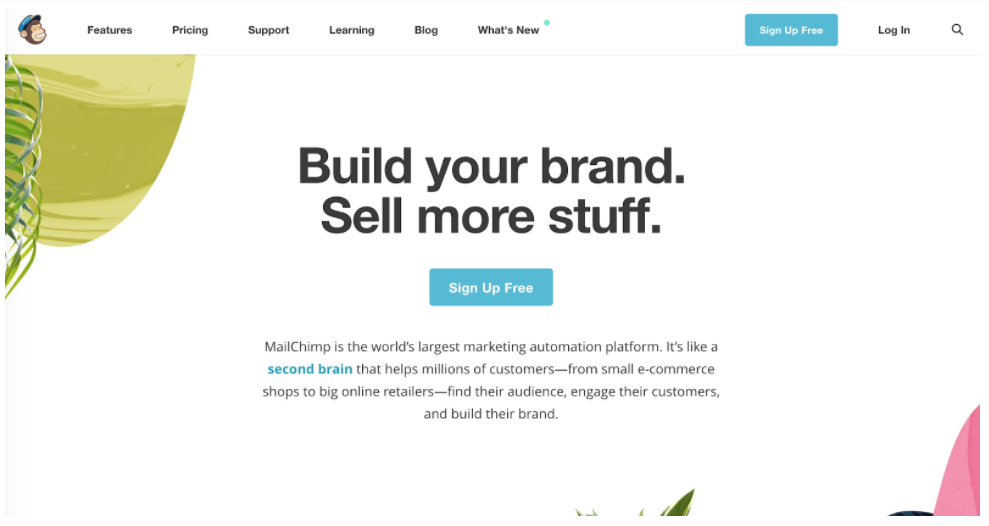
2. Social Media
Share the primary content piece on your company social media profiles on Facebook, Twitter, LinkedIn, etc., to boost readership of your material. Reuse your basic messages to develop a Facebook post, a Tweet, a #hashtag, or a comment in LinkedIn.
Facebook has many marketing and promotional options: Facebook Ads, Facebook for Business, fan pages, and so on. If you’re not already a member, it’s time to sign up for Facebook and explore all the options.
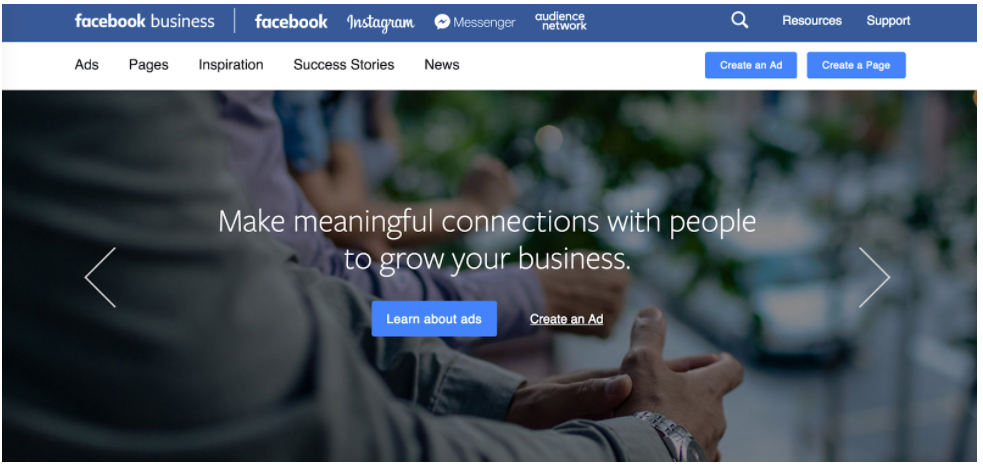
LinkedIn offers a range of connections, groups, and posts. You can also publish content on LinkedIn Pulse.The same applies to Twitter or any other social media. The trick with social media is to be constantly active and respond to messages and comments. It needs daily attention.
3. Visual Media
Why not turn your primary material into a B2B video or podcast? Or how about a PowerPoint or Prezi presentation? There are various online apps that will enable you to repurpose your content in an engaging way. Have a look at LinkedIn’s SlideShare to get a good idea of what’s possible.
If you want to create videos based on your existing content, rather than going through a video production company, there are a few different tools you can check out:
With all of them you can create easy-to-make, inexpensive videos and you get all the tools; audio, video, and support.
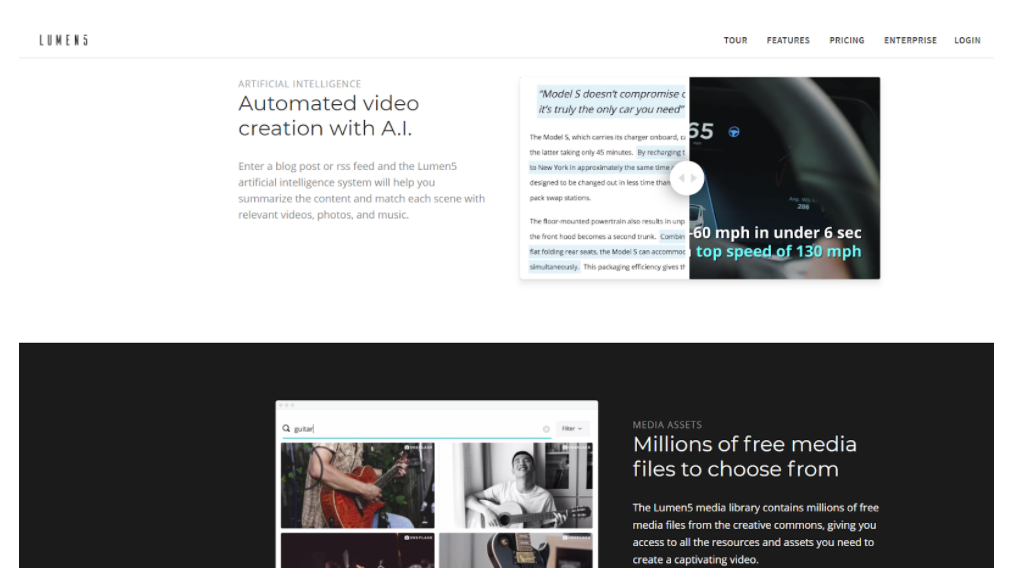
There are also video production services available through Fiverr.
If the thought of producing high-quality video content sounds too daunting to undertake yourself, don’t worry, you don’t have to go it alone. You can always contact KeyScouts to help you with all your video needs.
4. Infographics
Turn your written B2B content and messaging into beautifully designed infographic that you can also share on social media.
There is a huge selection of infographic tools available on the web, such as:
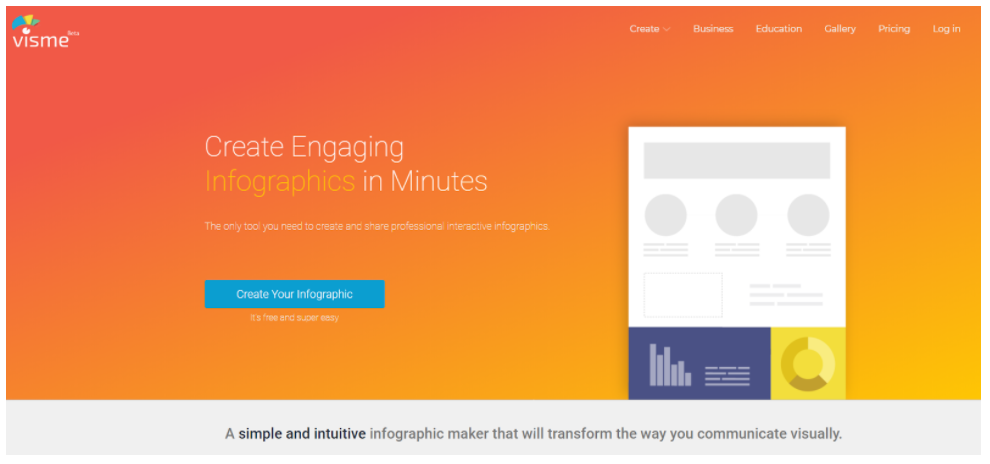
They allow you to easily create stunning designs by adding your own elements to professionally premade layouts. Even without prior graphic design experience, you’ll be able to consistently create beautiful infographics you never imagined possible.
5. Webinars
One sure-fire way to repurpose content is to develop a webinar, as it can create immediate, direct engagement with hot prospects and promote the material in a different and interactive way.
YouTube Live is the new go-to when it comes to hosting live webinars. Not only is the system free to use, it’s also very easy and allows for an unlimited number of participants because the YouTube servers can handle them. There are a few steps in setting up a YouTube live webinar, but they are well worth following.
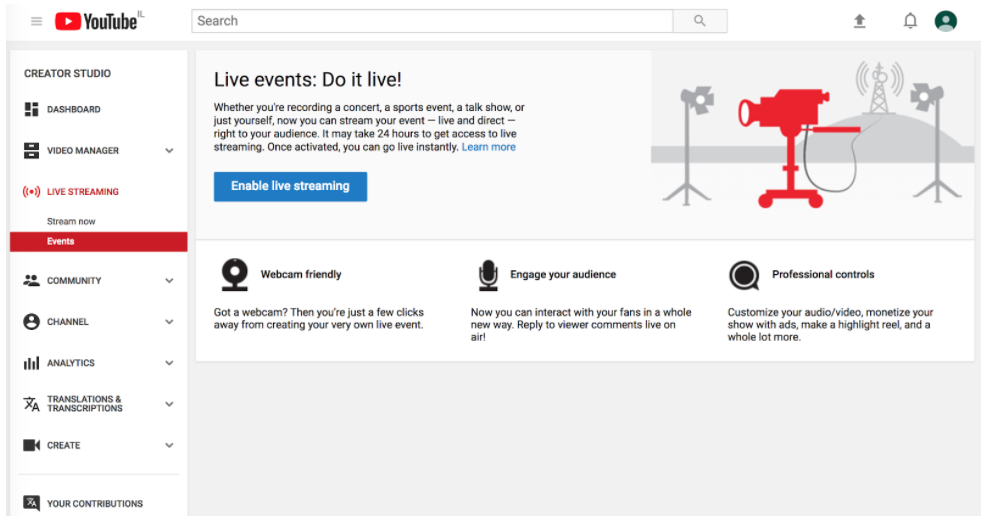
Other popular webinar systems are Cisco WebEx and GoToWebinar, however these are not free services.
6. Blog
Having a constantly active blog is important for just about every company out there. Consistently coming up with new and fresh topics to write about is easier said than done, however, so finding a way to refresh and repurpose content already in your repository is very helpful and effective.
Go over your analytics to see which blog posts have been performing the best. Then, write a different spin on those same topics to create original pieces of content, and publish them on your blog (and of course, social media as well).
Using and expanding upon old blog posts is also a good strategy for successful content marketing campaigns.
For example, let’s say you want to run a campaign about content marketing. This will be the theme of your campaign. You should start off by creating a topic cluster around this central theme — come up with one main general topic about content marketing and then develop 4-8 more specific blog post topics that are all related to the general one.
Then, go through your existing content and see if you already have a blog post about content marketing that fits with the general topic you came up with. Now, take the old blog post, optimize it for SEO, and add more “meat” to it. This will be the main blog post for the new campaign — the pillar content.
Pillar content items are generally long-form posts of 2,000 or more words. Each topic cluster blog post will be shorter (around 800 words, more or less) and they will all link back to the original pillar content item, boosting it’s ranking in SERPs.
This strategy is invaluable in content marketing because not only does it allow you to cover one topic in its entirety, appealing to those readers seeking the information you’re providing, it also does wonders for your SEO.
7. Quora
Quora is a great place to build your image as a real expert in your field. This is an online community where people can write answers to questions and share their knowledge about a very wide range of subjects.
You can post questions, answers, and comments on almost anything – plus it is a great place to republish old blog posts for extra exposure! (Just be sure to write “Originally published on *your blog*” to avoid duplicate content penalties).
The thing to keep in mind when you repurpose content (apart from NOT copy/pasting) is that it has been rewritten or redesigned in a style to match the medium where you plan on publishing it. For example, if it’s PR, write it as a formal third person article; if it’s a blog post, write it like a friendly, personal story.
Strive for awareness and maximize your distribution with what is essentially the same story, retold in a variety of different and exciting ways.
Do you need help with your B2B content marketing initiatives? Contact KeyScouts for a free consultation.
If you want to know how your existing content is performing in order to know which items to repurpose first, make sure to conduct a thorough content audit.
Ready to speak to someone at KeyScouts?








